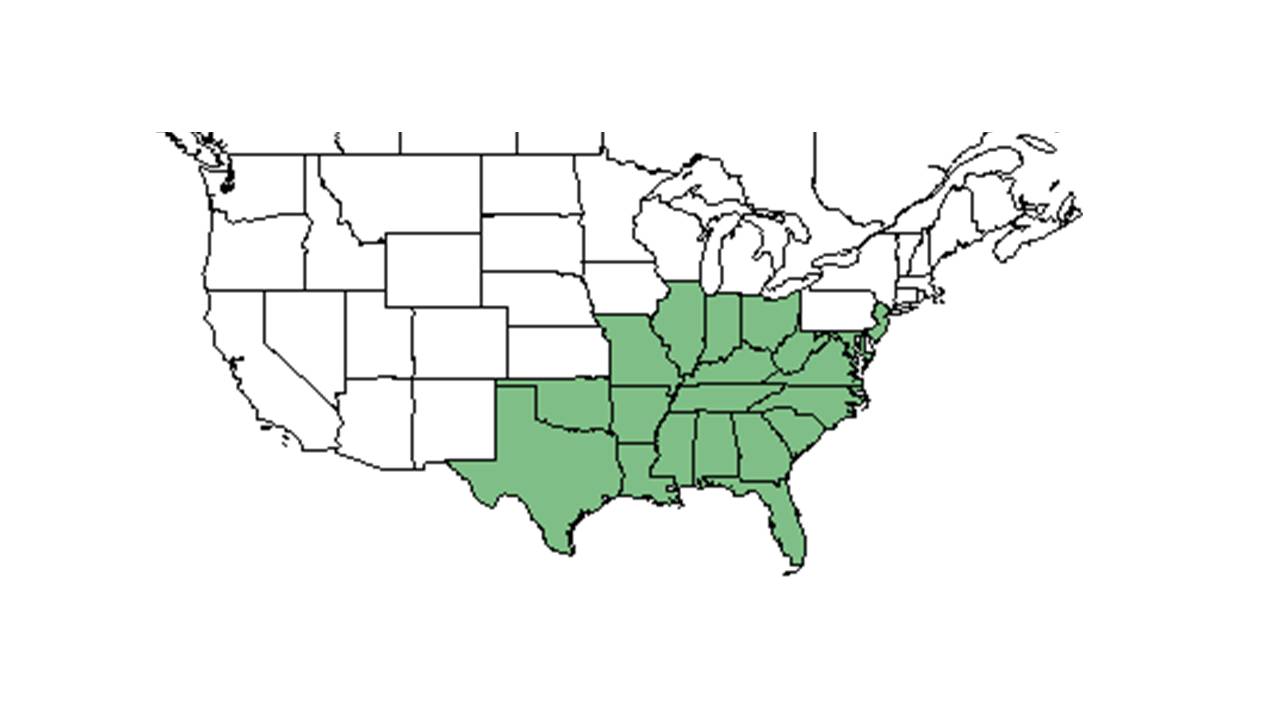Difference between revisions of "Erianthus alopecuroides"
KatieMccoy (talk | contribs) (→References and notes) |
|||
| Line 3: | Line 3: | ||
{{taxobox | {{taxobox | ||
| name = Erianthus alopecuroides | | name = Erianthus alopecuroides | ||
| − | | image = | + | | image = Eria_alop.jpg |
| − | | image_caption = | + | | image_caption = ''Saccharum alopecuroidum'' (synonym shown); Photo by James H. Miller & Ted Bodner, Southern Weed Science Society, [http://www.forestryimages.org/index.cfm Bugwood.org] |
| regnum = Plantae | | regnum = Plantae | ||
| divisio = Magnoliophyta – Flowering plants | | divisio = Magnoliophyta – Flowering plants | ||
Revision as of 15:11, 21 June 2016
| Erianthus alopecuroides | |
|---|---|

| |
| Saccharum alopecuroidum (synonym shown); Photo by James H. Miller & Ted Bodner, Southern Weed Science Society, Bugwood.org | |
| Scientific classification | |
| Kingdom: | Plantae |
| Division: | Magnoliophyta – Flowering plants |
| Class: | Liliopsida – Monocotyledons |
| Order: | Cyperales |
| Family: | Poaceae ⁄ Gramineae |
| Genus: | Erianthus |
| Species: | E. alopecuroides |
| Binomial name | |
| Erianthus alopecuroides (L.) Nutt. | |

| |
| Natural range of Erianthus alopecuroides from USDA NRCS Plants Database. | |
Common name: silver plumegrass
Contents
Taxonomic notes
Synonym: Saccharum alopecuroides (Linnaeus) Nuttall; Saccharum alopecuroideum (Linnaeus) Nuttall; Erianthus divaricatus (Linnaeus) A.S. Hitchcock
Description
Erianthus are "coarse perennials from hardened bases or short rhizomes; culms usually purplish, nodes usually, glabrous or upper appressed pubescent, internodes usually glabrous. Leaves primarily cauline; blades scaberulous, usually densely long hirsute above ligule; sheaths usually glabrous; ligules membranous, ciliate, 1-4 mm long; collars long-hirsute. Panicle solitary, terminal, ovoid to ellipsoid. Racemes numerous, most ascending, joints and pedicels subequal, 2-6 mm long, scaberulous or villous. Spikelets in pairs, fertile, sessile and pedicellate, yellowish to purplish, ovoid. Glumes cartilaginous, acuminate, subequal; lemmas and paleas hyaline to purplish, shorter than glumes; callus usually bearded. Grain reddish, ellipsoid, 2-3.5 mm long."[1].
Specifically, Erianthus alopecuroides have "culms to 3 m tall. Blades to 7.5 dm long and 3 cm wide. Panicle whitish to tawny, 1.5-3 dm long, 5-12 cm broad; rachis long villous. Spikelets villous, 6-8 mm long, awns twisted, flat, 10-16 mm long; callus beard exceeding spikelet. Grain 2.5 mm long."[1].
Ecology
Habitat
In the Coastal Plain in Florida and Georgia, E. alopecuroides can be found in longleaf pine forests, annually burned pinelands, fallow quail food patches, frequently burned mature longleaf pine-wiregrass communities, bordering wild plum thickets, pine-oak-hickory woods, mixed hardwood forests, and mesic woodlands. It can also be found along roadsides, cutover pineland clayhills, and powerline corridors. Soils include sandy loam, clayey soil, and loamy sand[2].
Phenology
Flowers and fruits September through November[2].
Conservation and Management
Cultivation and restoration
Photo Gallery
References and notes
- ↑ 1.0 1.1 Radford, Albert E., Harry E. Ahles, and C. Ritchie Bell. Manual of the Vascular Flora of the Carolinas. 1964, 1968. The University of North Carolina Press. 160-1. Print.
- ↑ 2.0 2.1 Florida State University Robert K. Godfrey Herbarium database. URL: http://herbarium.bio.fsu.edu. Last accessed: July 2015. Collectors: R. A. Norris, D. E. Powell, Robert K. Godfrey, Roy Komarek, Loran C. Anderson, Richard S. Mitchell, Andre F. Clewell, Travis MacClendon, B. Boothe, M. Boothe, K. MacClendon, Cindi Stewart, Annie Schmidt. States and Counties: Florida: Calhoun, Gadsden, Jackson, Jefferson, Leon, Liberty, Okaloosa, Wakulla. Georgia: Thomas. Compiled by Tall Timbers Research Station and Land Conservancy.